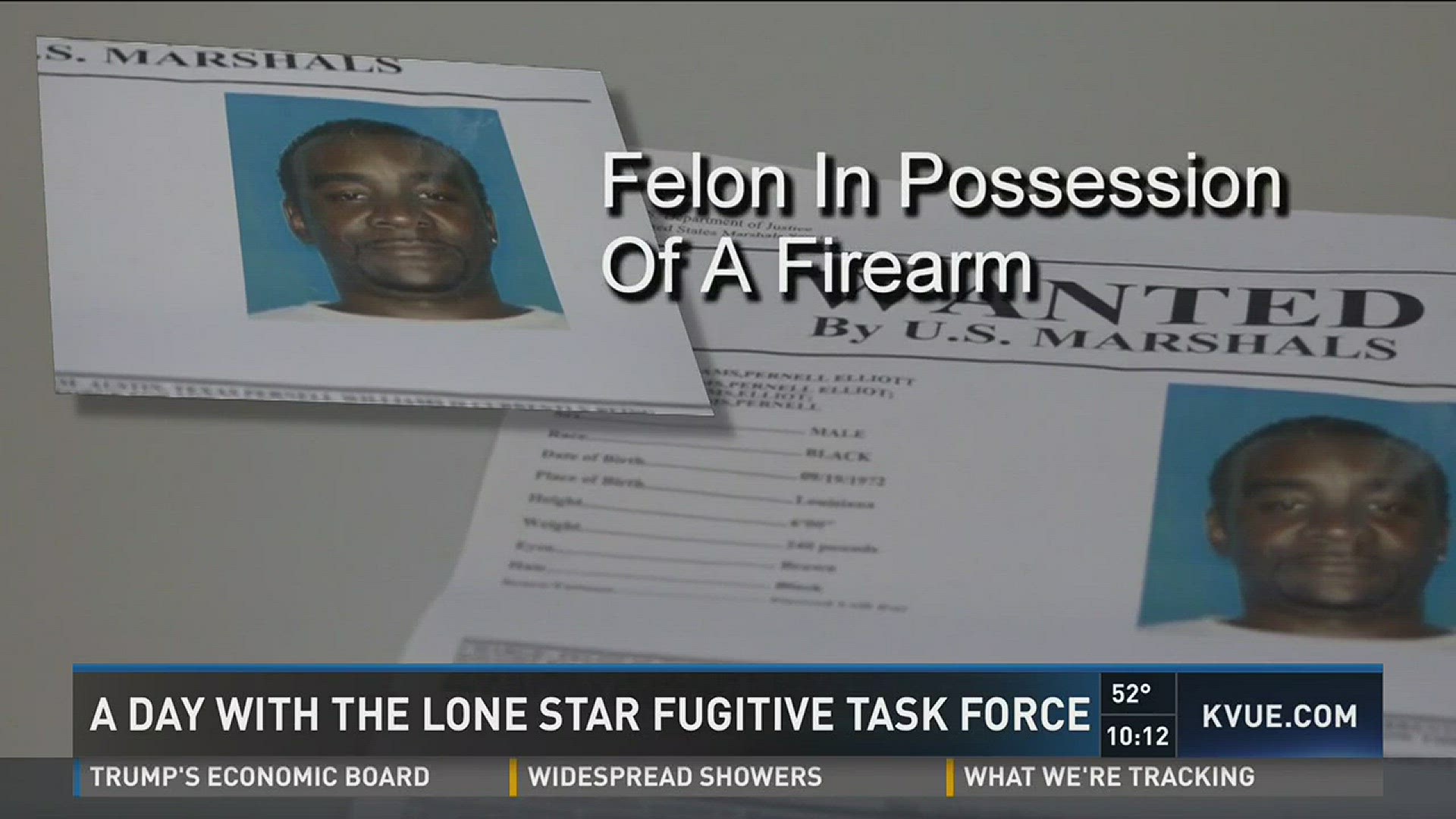They're responsible for capturing some of the country's most dangerous criminals but rarely take the credit.
The US Marshals Service is the nation's oldest law enforcement agency and has been in existence since 1789. There are more than 90 local task forces across the country which serve as the federal government’s primary agency for fugitive investigations.
Our task force here in Central Texas is called the Lone Star Fugitive Task Force and KVUE's Erin Jones got exclusive access to the way they work.
In the past ten months, the Lone Star Fugitive Task Force has arrested 412 fugitives.
They are dangerous, wanted suspects like Silvestre Franco-Luviano who is accused of murdering two men in North Texas before fleeing to the Austin area.
"We certainly are always prepared for violent confrontations because these are the types of fugitives that this task force is specifically mandated to go after," Supervisory Deputy Marshal Hector Gomez said.
Each fugitive case is brought to the task force by federal, state, local and even international agencies. Some of these include the Austin Police Department, Travis County Sheriff's Office, Texas Department of Public Safety, Texas Department of Criminal Justice, The Texas Attorney General's Office, The Immigrations and Customs Enforcement and The Department of Security Investigations. They all share information and databases.
"That makes this a very consolidated nerve center for intelligence so we're able to share everyone's intelligence, everyone's work," Supervisory Deputy Marshal Gomez said.
So where does a case begin and how do you find a fugitive? KVUE spent 24 hours learning from Deputy Marshal Brandon Filla. Today, his job is to find Pernell Williams who is wanted for felon in possession of a firearm.
"The Austin Police Department requested assistance from us," Deputy Marshal Filla said.
After receiving an arrest warrant, he assigns an investigator to dig through databases.
"If you want to find them, you have to hunt in many different ways," Deputy Marshal Filla said. "There's no stencil to find a fugitive."
He said while he can't reveal all of the task force's tactics, there are some general guidelines he can share.
"What you want to look at first is how do they make their money, how do they live," Deputy Marshal Filla said. "Do they have a job?"
What Filla finds on Williams leads him and the rest of the task force to an apartment complex in northeast Austin where they believe he might be living.
"We had indications that he was going to be here just based upon the research that we did," Deputy Marshal Filla said.
It turns out they were right, Williams is at the apartment complex.
"Based upon our findings, we were able to establish surveillance," Deputy Marshal Filla said.
After about an hour of watching and waiting, Williams comes outside and armed with guns and bulletproof vests, the task force gets their guy. Williams is not happy at all, but every time the task force captures a fugitive it's another successful day on the job.
To learn more, click here.

